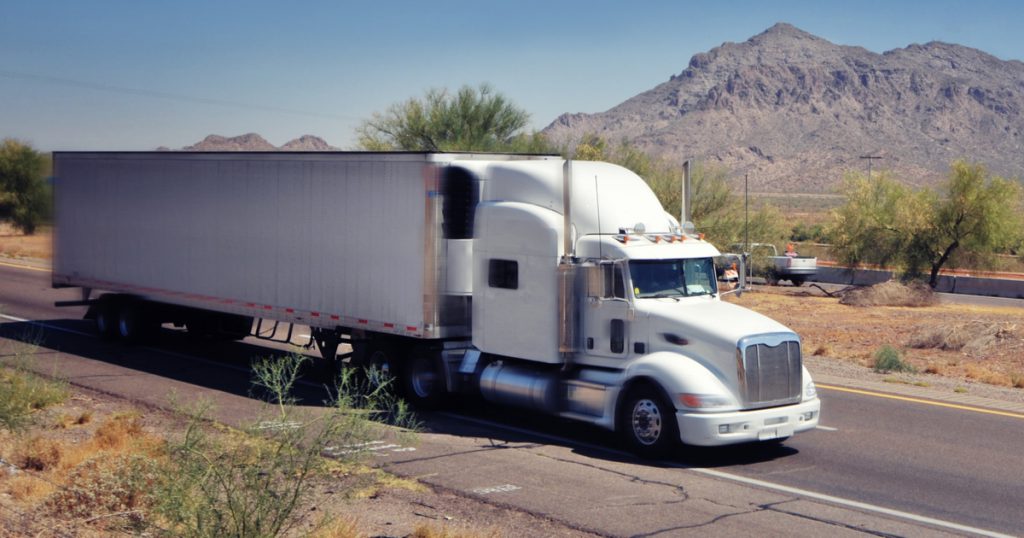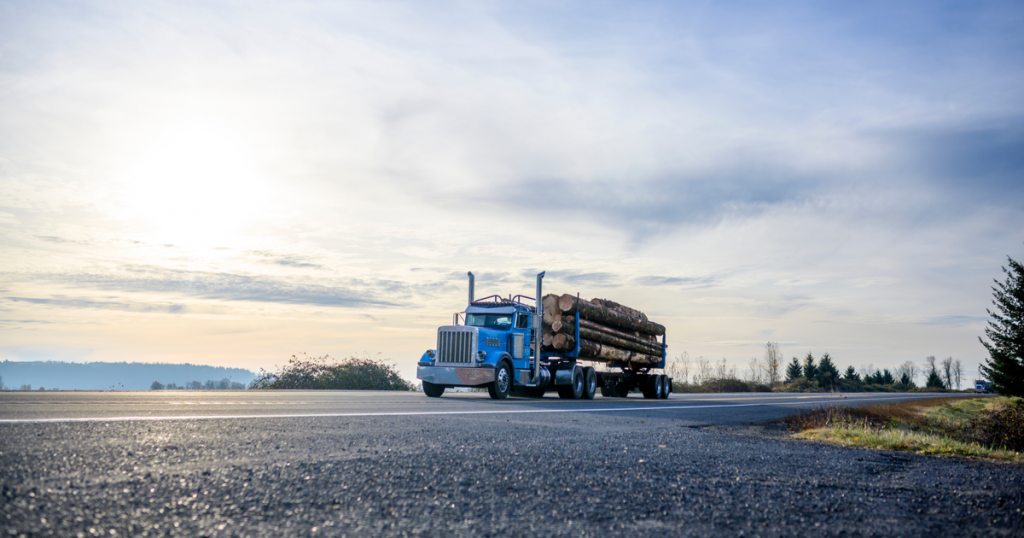
We know 2019 hasn’t been very kind to trucking.
But right now might just be the perfect time to get your own authority.
For instance, freight prices are holding steady and used truck prices are low right now.
But if you’re looking to become an independent owner-operator, you’re going to need a lot more than just your own equipment.
Here are all the things you’ll need to become an owner-operator truck driver that you probably hadn’t considered.
Truck Registration
You’re going to need a lot of registration to get your own authority. Here are two of the most important ones:
USDOT Number:
Issued by the FMCSA (Federal Motor Carrier Safety Administration), USDOT Numbers are required for vehicles that haul cargo or transport passengers interstate and that meet one or more of the following requirements:
- Has a gross or combined weight of 10,001 lbs or more
- Transports 8 or more passengers for compensation
- Transports 15 or more passengers not for compensation
- Transports hazardous materials.
The USDOT Number serves as your identification during inspections, compliance reviews and more.
MC Number:
The MC Number serves as your interstate authority, or your right to travel between states. In addition to your USDOT Number, you may be required to obtain one or more types of authority through the FMCSA based upon your business and the type of cargo you carry.
The type of authority obtained will determine the type and level of insurance coverage needed.
For a full list of registration requirements, check out this blog.
Trucking insurance
That’s right. You’re going to be the one coughing up the premium for insurance. Not only is it important to protect yourself in case of an accident, but insurance is also required legally.
There are a number of different coverage options available, so be sure to do your research to find the right kind from the best provider.
Find a good load board
As an independent owner-operator, you’ve got to find business for yourself. Finding a solid load board where you can bid on profitable, convenient loads is very important.
Our top pick for a load board is DAT. They have a simple and easy to use marketplace where you can choose from over 235 million loads posted per year.

Factoring
Factoring can be a huge asset to small trucking operations. In many instances, final settlements from completed loads can take weeks or months to receive.
Factoring companies help by giving you the money upfront and then bearing the responsibility of tracking down the settlement from your clients. This can help you keep the bills paid on time.
Use a good TMS
You need a centralized location where you can track all of your loads, expenses, and maintenance.
That’s where TruckLogics Trucking Management Software (TMS) comes in. With their web-based software, you can enter and track records from anywhere, even your cell phone.
Some of their great features include automated check calls, expense tracking, invoicing and billing, IFTA compliance, and business reports.
The best part is you can get a 15-day free trial. There’s no obligation and no credit card information required.

